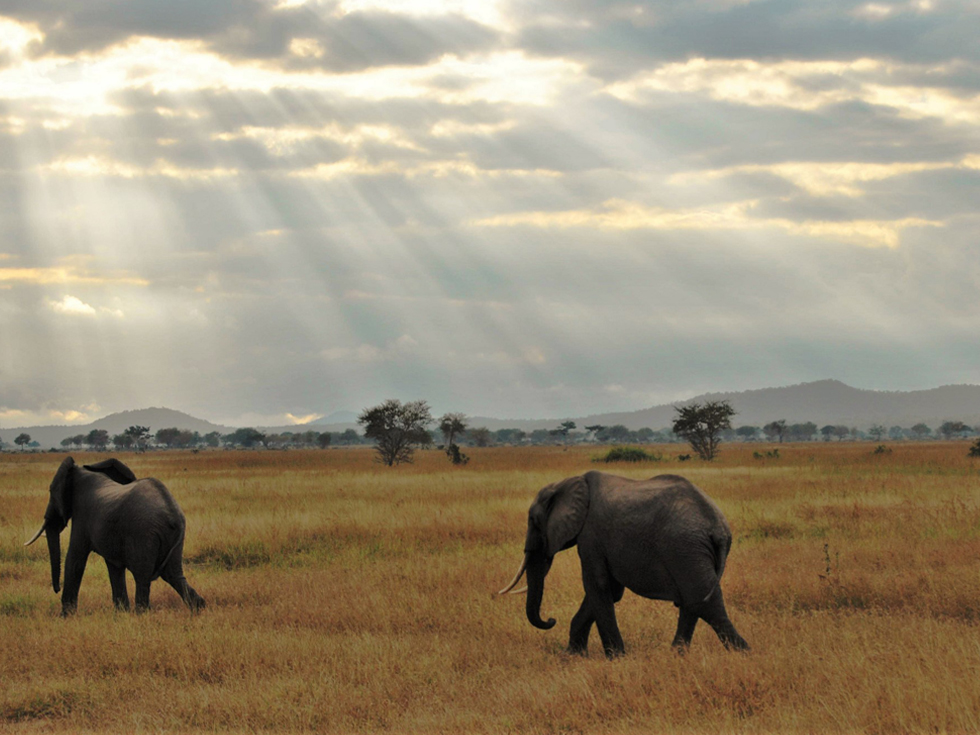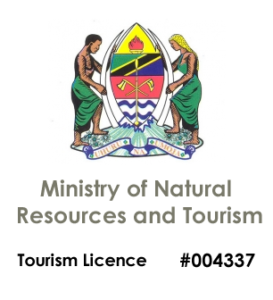
Destination Details
- Title : Ruaha National Park
- Category : Southern Circuit
- Area : 20,226 km²
- Location : Iringa Region
-
Activities :
Game drive
Walking safari
Cultural safari
Bird watching
Overview
This is by far the largest national park of East Africa. Here is where you can almost witness the entire cast of Tanzania savannah show, since Ruaha combines acacia savanna and miombo woodlands of south Africa it hosts the unusually high diversity of elegant wildlife species. It is one of the only two parks that host roan and sable antelope and for those fans of the greater kudu this is a place for you. With ore than 500 bird species, whether it is a game drive or short evening walk wit Face of africa
Adventures Ruaha will not let you down.
With vast open fields of savannah sprinkled with watering gaps and many different trees and shrubs, Ruaha is one of the biggest and most energizing National Parks in Tanzania. However, in spite of its size, this natural marvel has a shockingly low footfall because of the way that it is moderately difficult to get to. All through the park skeletal baobabs and undulating hills highlight normally doing their bit to make the landscape here as changed and beautiful as could reasonably be expected.
The lifeline of this park is, unmistakably, the Great Ruaha River that keeps running along its southern outskirt. Wild rushes here as a group as it is the most solid wellspring of water during the drier months of the year, making it simple to work out where to discover the huge number of animals that call this park home. Elephant enthusiasts can in for a treat here as the park has the biggest number of them in all of Tanzania with almost 12,000 meanderings through the zone.



